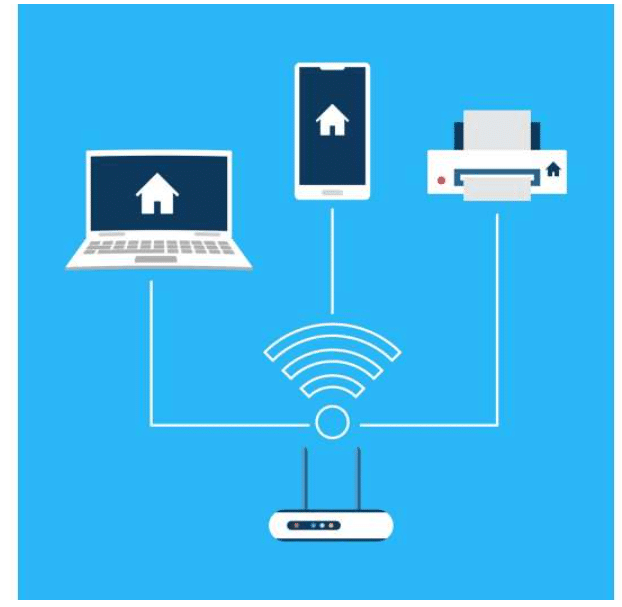New research reveals that standard Wi-Fi networks can recognize people without any connected devices, exposing a hidden surveillance risk in the radio waves surrounding us.
 Credit: Pixabay/CC0 Public Domain
Credit: Pixabay/CC0 Public DomainA team of cybersecurity researchers at Karlsruhe Institute of Technology has uncovered a startling capability hidden within everyday Wi-Fi networks: the power to identify individuals—even when they are not carrying any connected devices. The discovery, made at the Karlsruhe Institute of Technology (KIT), demonstrates that radio signals emitted by routers can effectively “see” and recognize people, raising major concerns over privacy and mass surveillance.
The team’s findings show that modern Wi-Fi routers can function like passive cameras, reconstructing human presence and movement patterns from the way radio waves scatter and reflect. Unlike optical surveillance systems, this technique requires no special sensors or cooperation from the subject. In fact, even if someone switches off their phone or laptop, the surrounding Wi-Fi traffic is enough to betray their presence.
In tests involving 197 participants, the system achieved near-perfect accuracy, independent of the person’s angle, posture, or gait. That level of precision, the researchers warn, could enable pervasive tracking in homes, offices, or public venues without consent.The implications are vast. While intelligence agencies and hackers already have easier ways to monitor people, the ubiquity of wireless networks makes this technique uniquely scalable. With Wi-Fi present in nearly every urban environment, it could evolve into an invisible, always-on surveillance web.The researchers emphasize the urgent need for privacy safeguards, especially as the next Wi-Fi standard, IEEE 802.11bf, integrates sensing capabilities. Without encryption or stricter protocols, everyday routers could become tools of surveillance—especially in societies with limited data protection laws.
“This technology effectively turns every Wi-Fi router into a silent observer,” said one of the researchers. By analyzing subtle changes in beamforming feedback information (BFI)—a type of unencrypted signal exchange between devices and routers—machine-learning algorithms can map and later recognize specific individuals. The process uses only standard Wi-Fi equipment and completes identification within seconds once trained.
Akanksha Sondhi Gaur is a journalist at EFY. She has a German patent and brings a robust blend of 7 years of industrial & academic prowess to the table. Passionate about electronics, she has penned numerous research papers showcasing her expertise and keen insight.

 1 day ago
2
1 day ago
2
.jpeg)























.jpeg)













 English (US) ·
English (US) ·